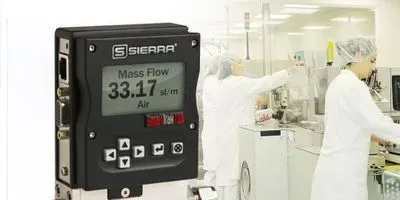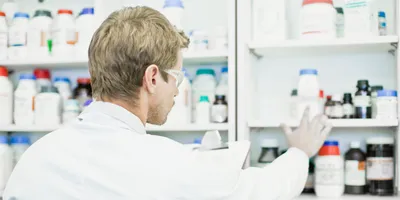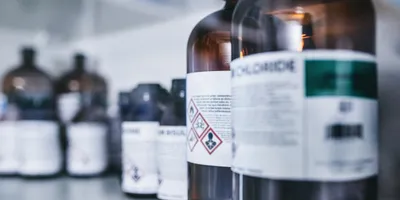Q:What flow control technology provides best accuracy for gas mixing at low flows for critical research?
Obtaining precision control in biomedical research is critical for the success of any experiment— especially for gas mixing and blending applications. Gas mixing applications often involve the creation of artificial atmospheres or other gas mixtures. In practice, two or more gases are mixed (blended) in a chamber until the specified concentrations (or partial pressures) of each gas are achieved. Precision flow control is essential to create these mixtures and ensure accurate experimental outcomes. Flow controllers are traditionally used for this purpose.
A:Flow Controllers based on mass flow versus volumetric offer the most accurate gas flow control of multiple gases at low flows.
Achieving stable flow control in gas mixing and blending applications can be challenging, as it is difficult to mix unique gases and control lower flows.
Traditional mass flow controllers contribute to inaccurate gas mixtures. During calibration, most instruments are “curve-fit” to the application because they are not linear, and are calibrated with a primary gas that possesses different properties than the primary gas. As a result, most gas mixing applications require multiple mass flow controllers, each calibrated for an individual component gas.
Backpressure at the measuring instrument, due to increasing pressure in the chamber filled with the component gases, makes it difficult to achieve precision control at low flows. Flow controllers based on differential pressure (ΔP) lose accuracy as backpressure changes, and also perform poorly with low flows because they often lack the sensitivity required to detect a low pressure drop.
Volumetric flow depends on the volume occupied by the molecules in the flow. Higher pressure means the same number of molecules will occupy a smaller volume, whereas higher temperatures causes them to occupy a larger volume. This is explained by the Ideal Gas Law: PV= nRT
Where:
P is the pressure of the gas
V is the volume of the gas
n is the amount of substance of gas (in moles)
R is the ideal gas constant
T is the absolute temperature of the gas
Alternatively, mass flow depends on the number of molecules in the flow, not the volume they occupy. As such, mass flow controllers are ideal for biomedical research. Precision mass flow controllers that provide stable, smooth, accurate flow control of multiple gases at low flow rates are critical for successful experimental outcomes.









